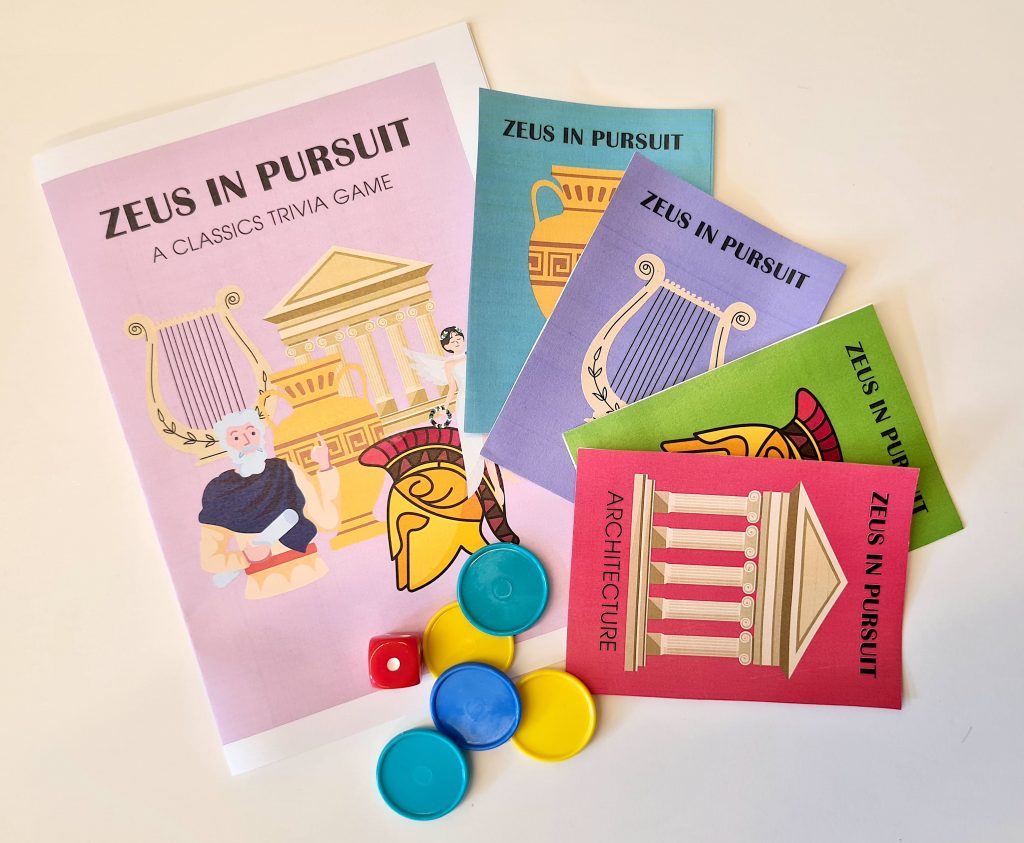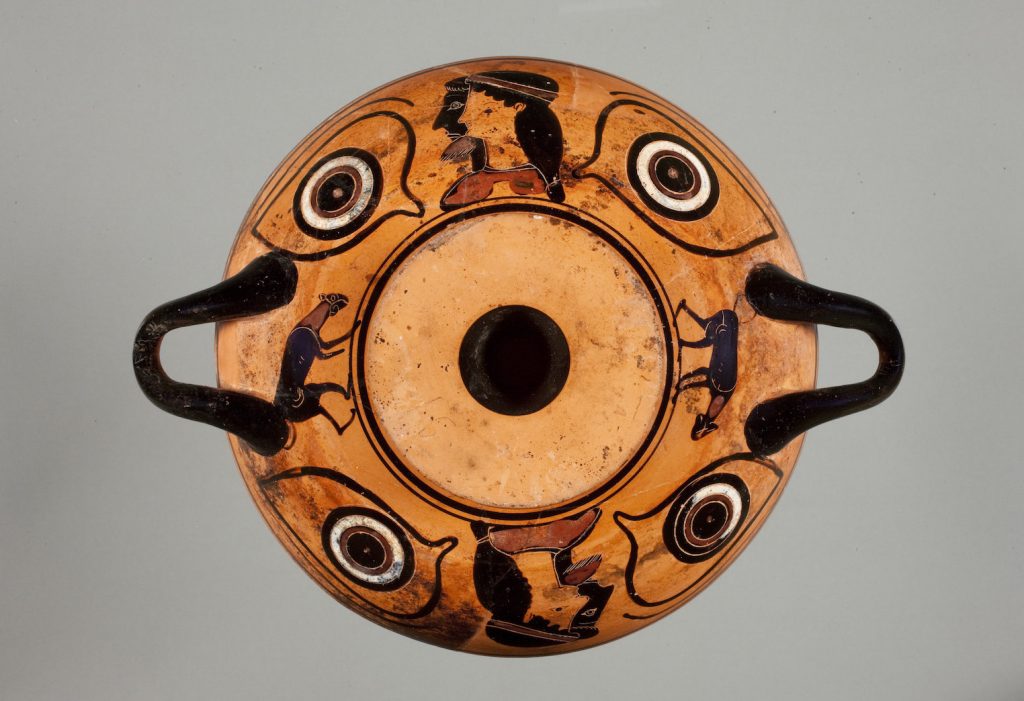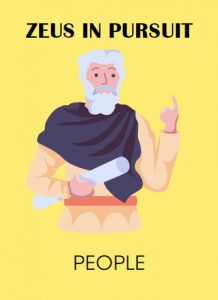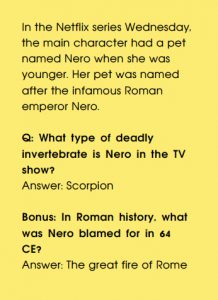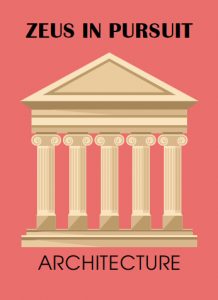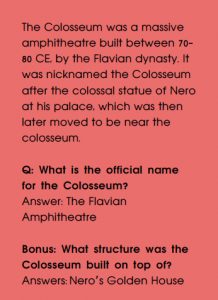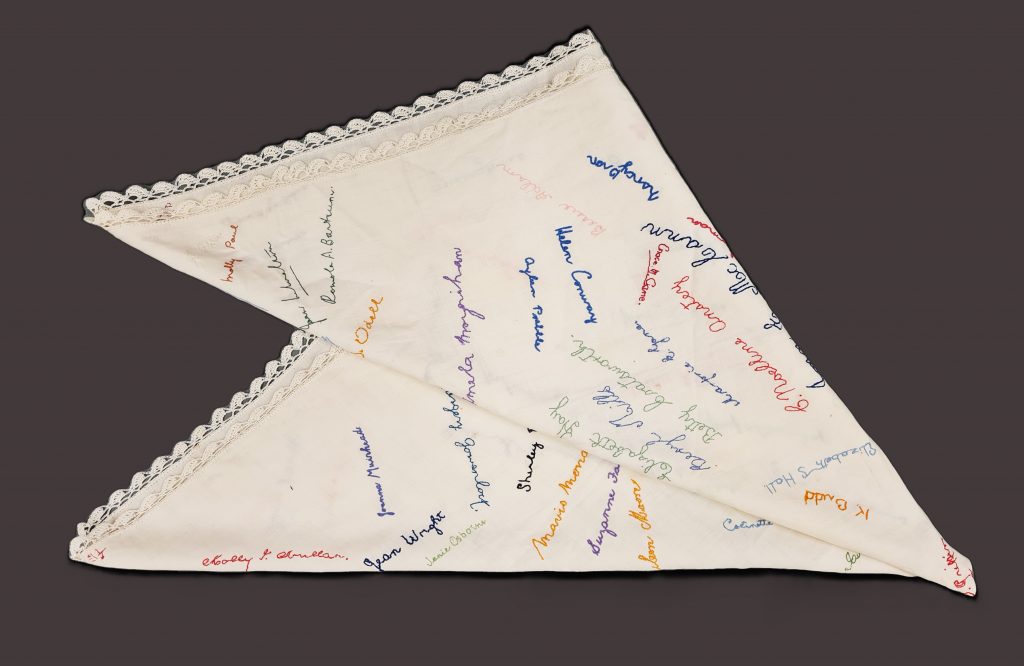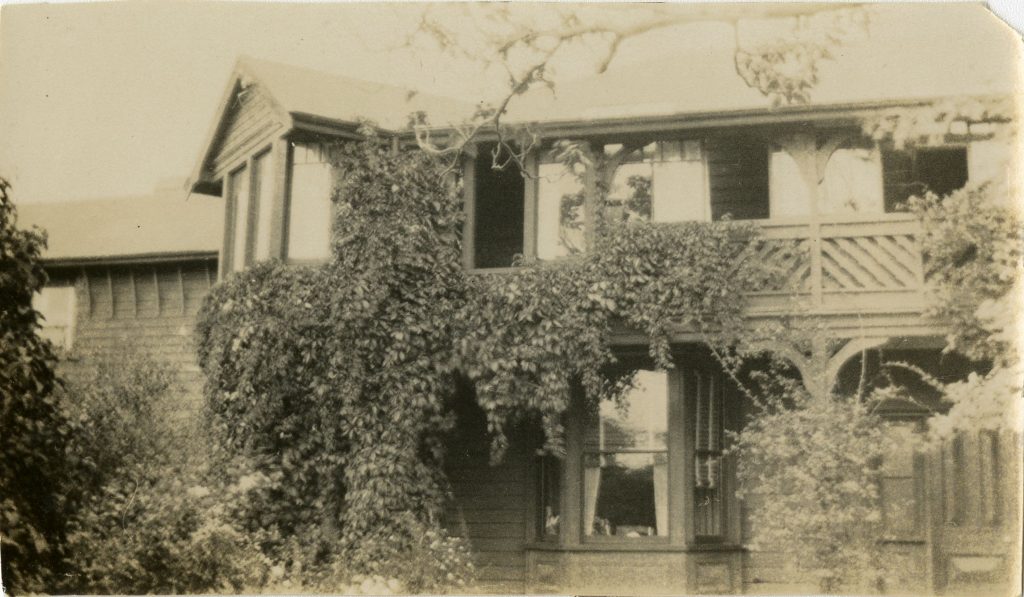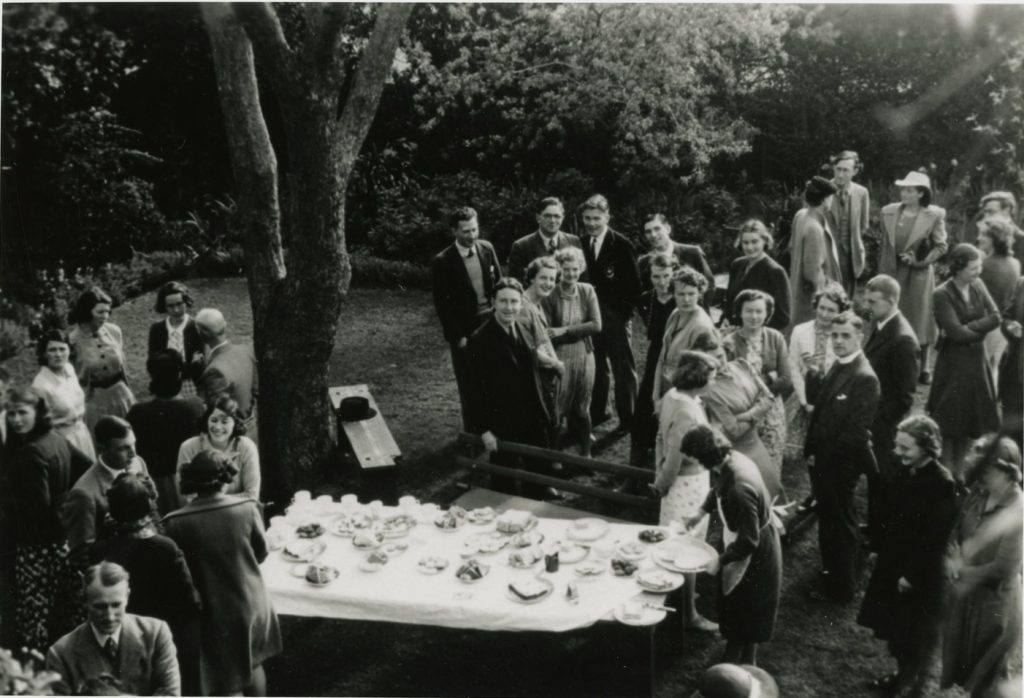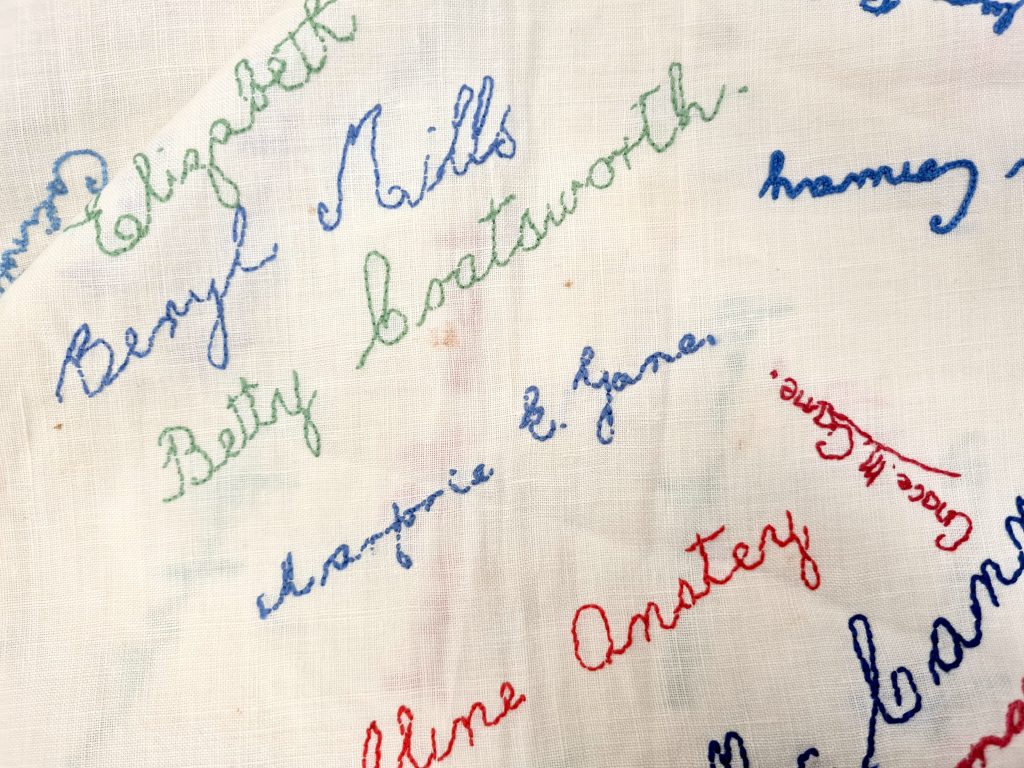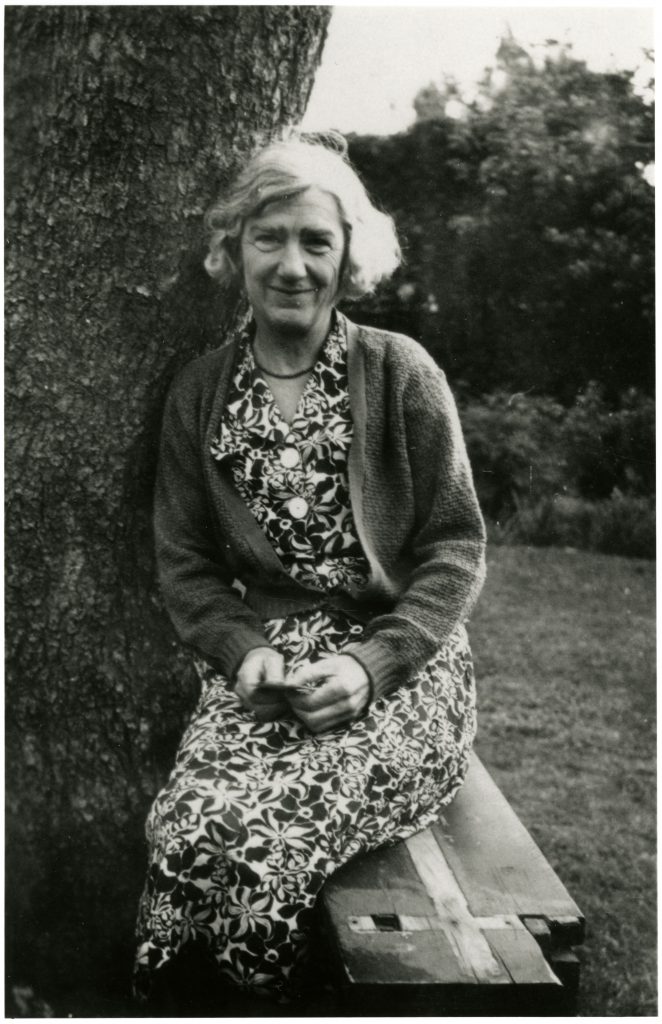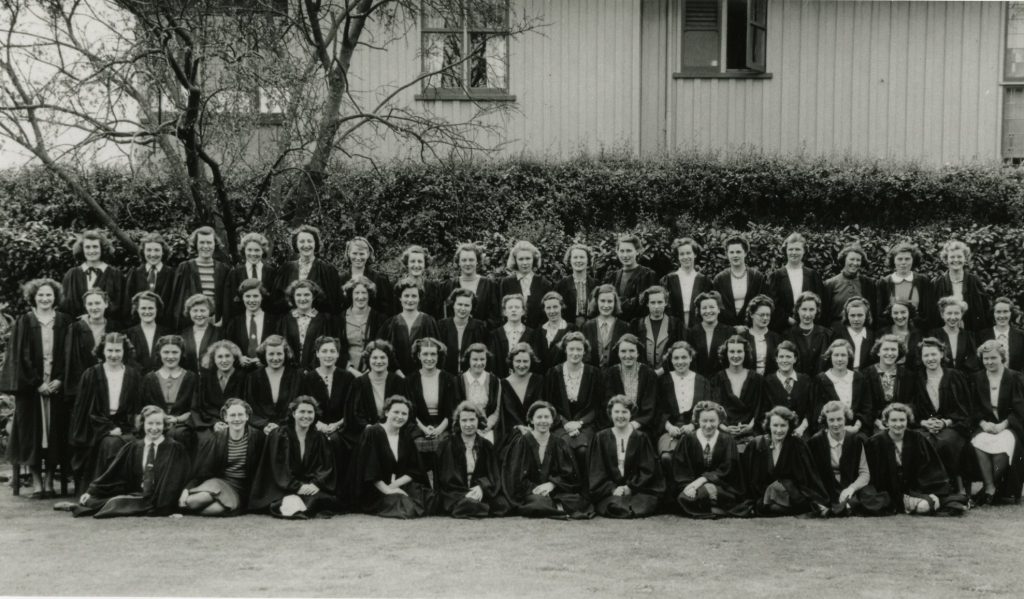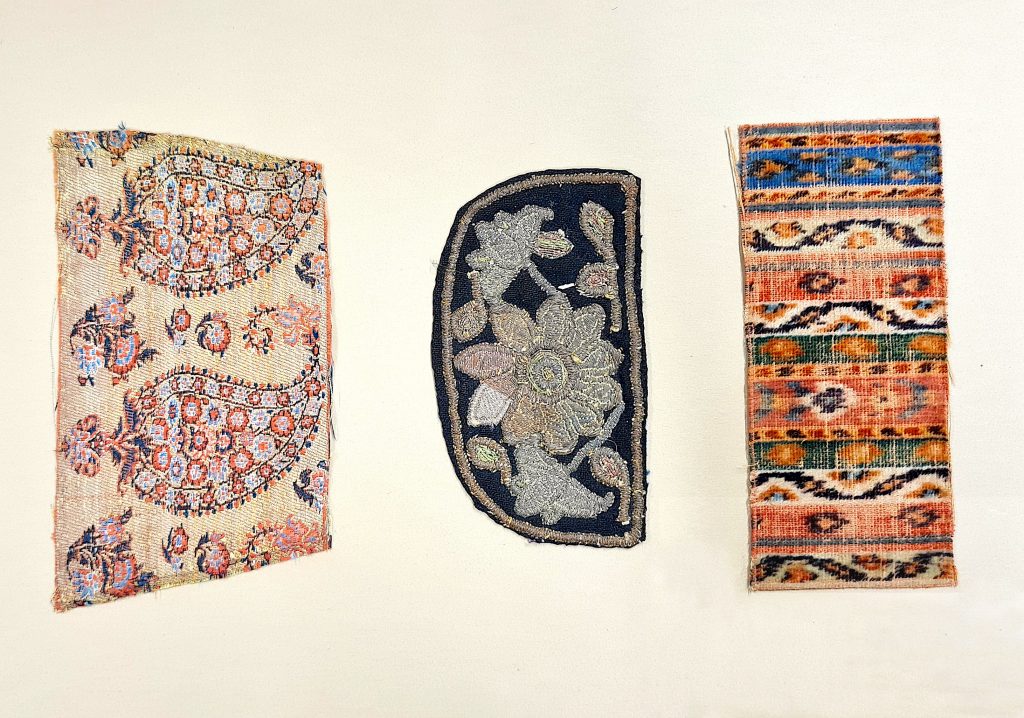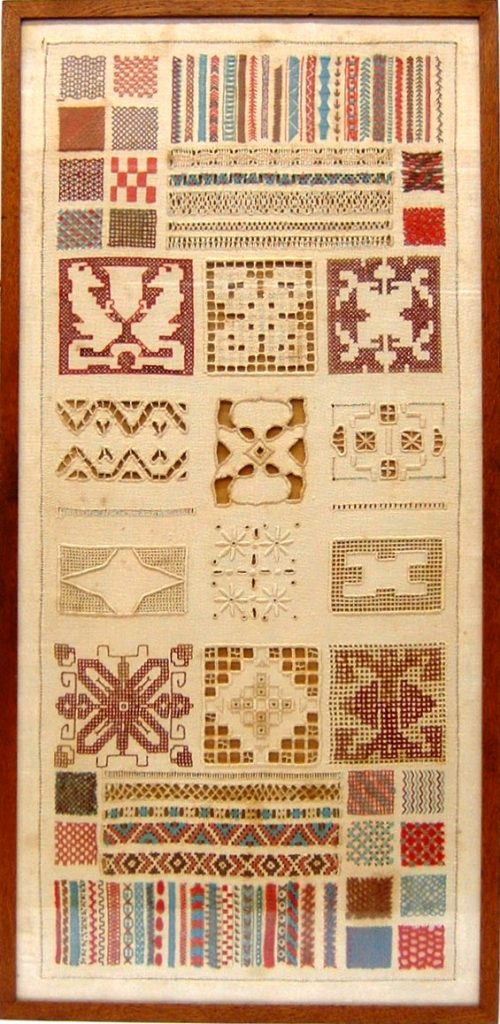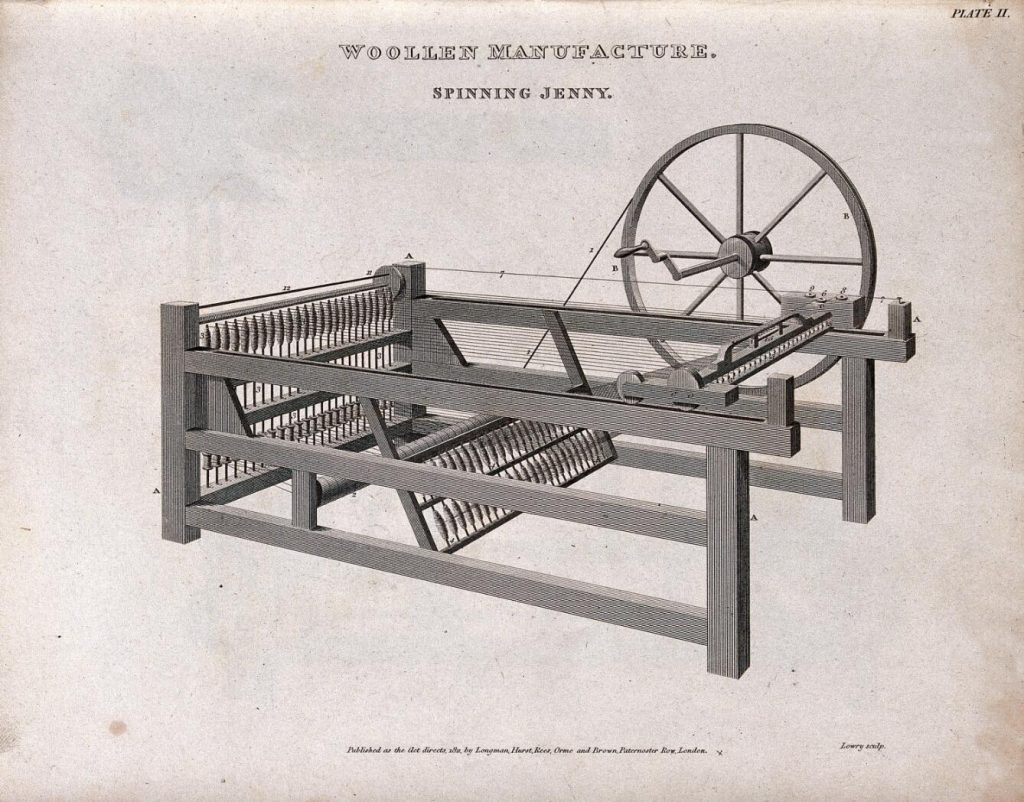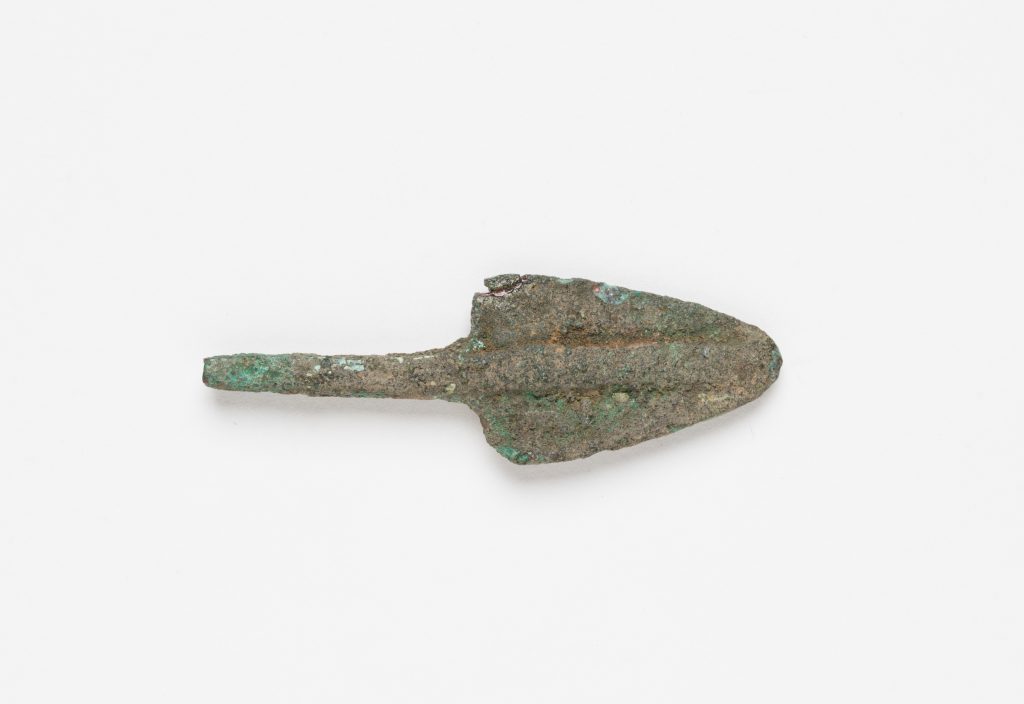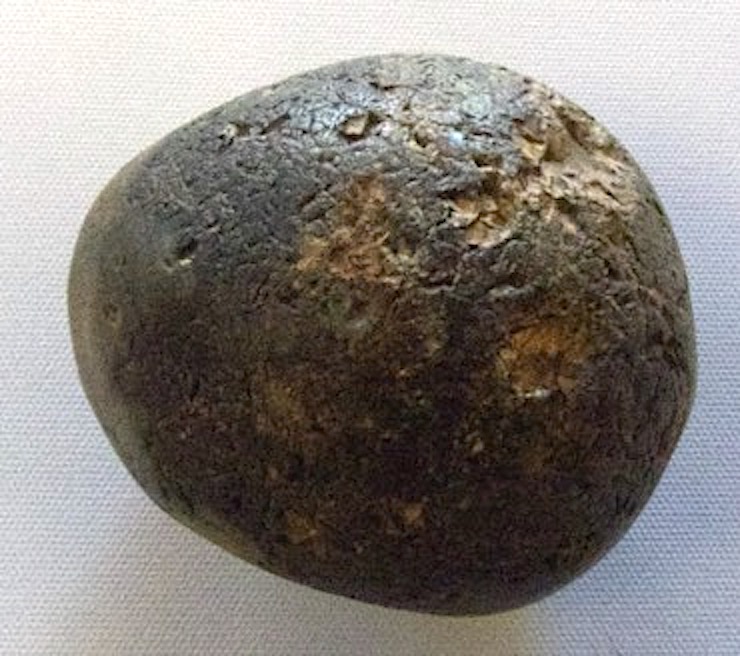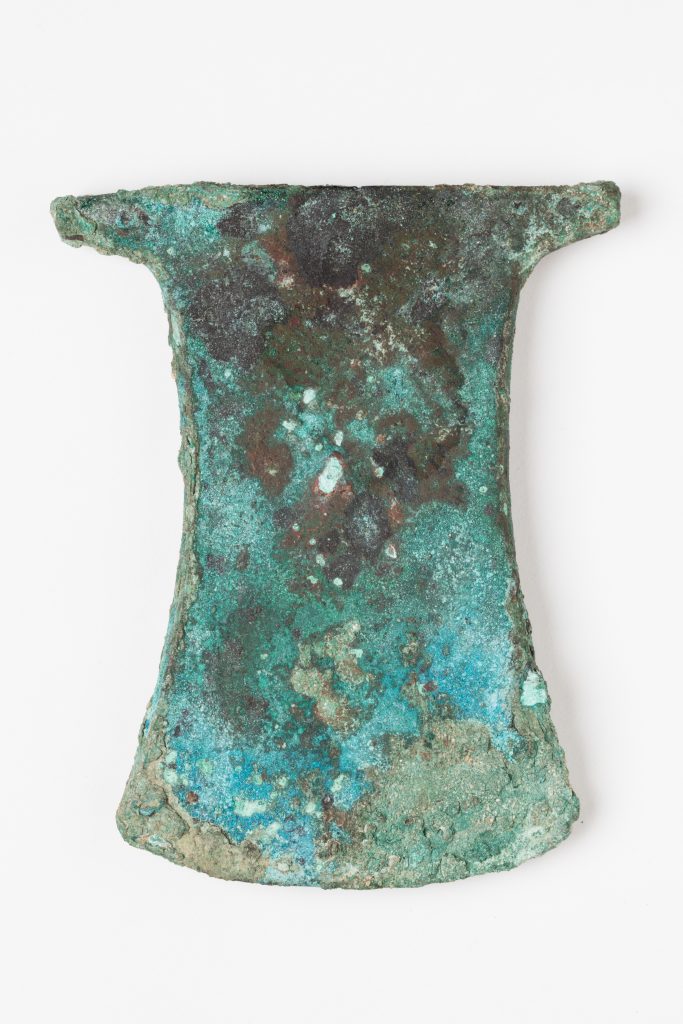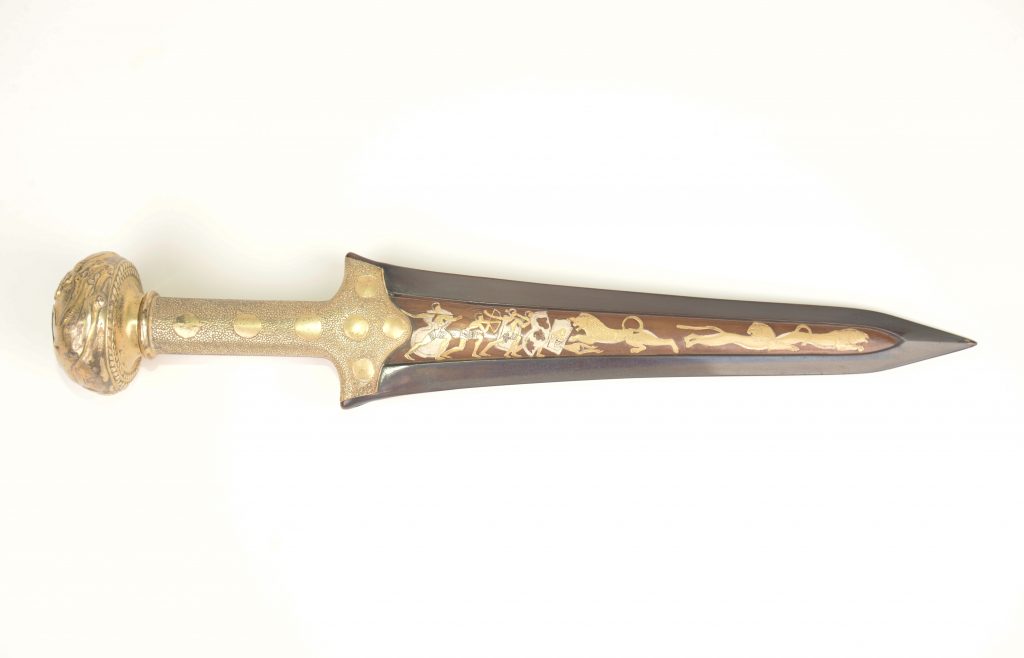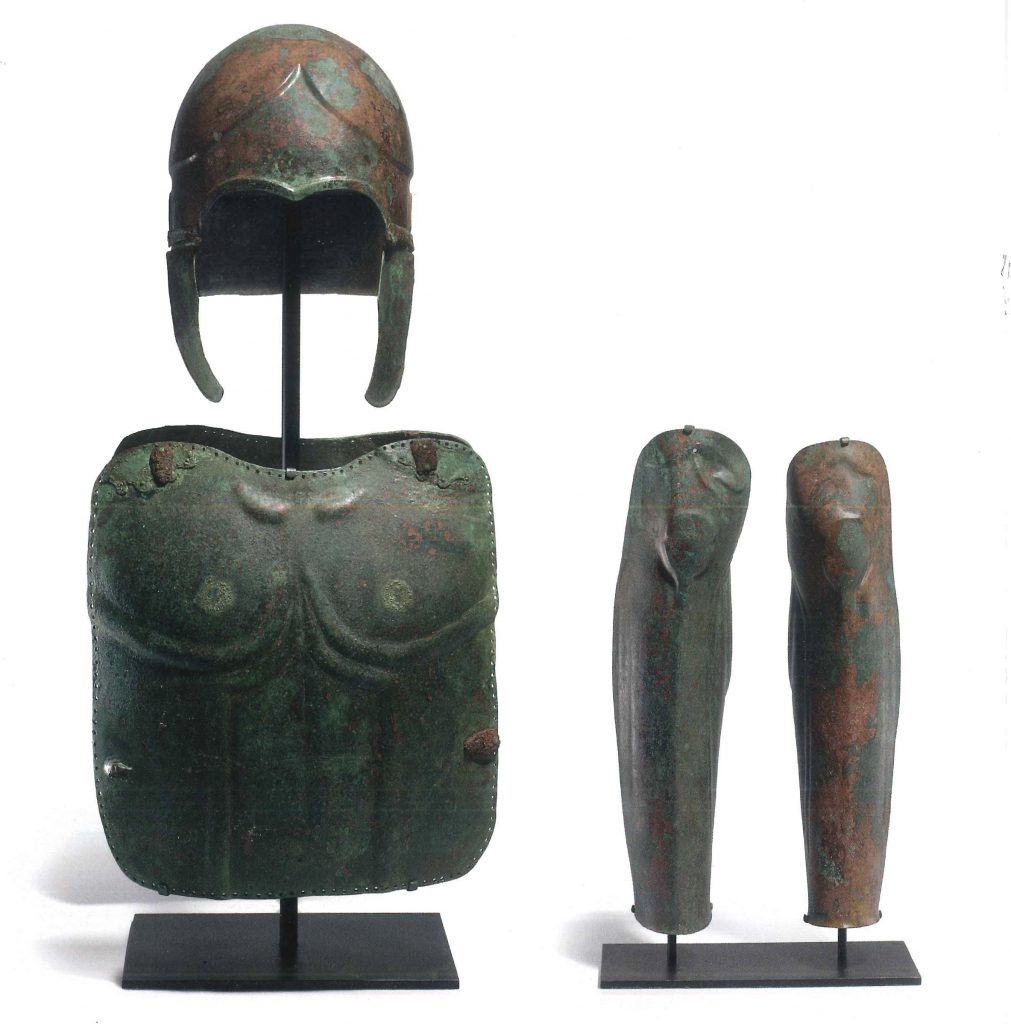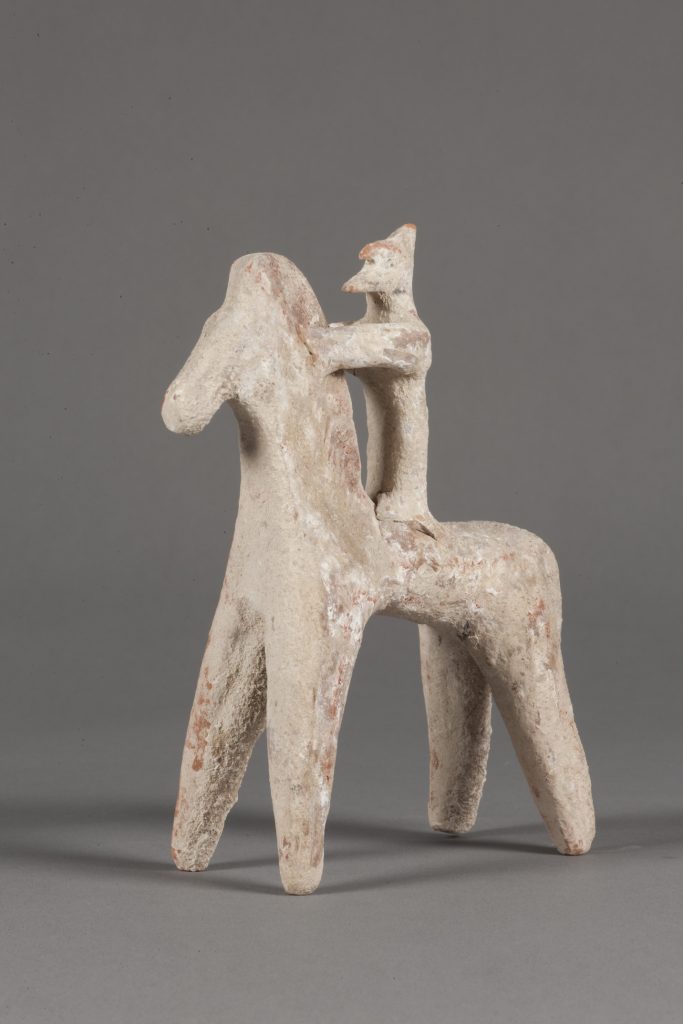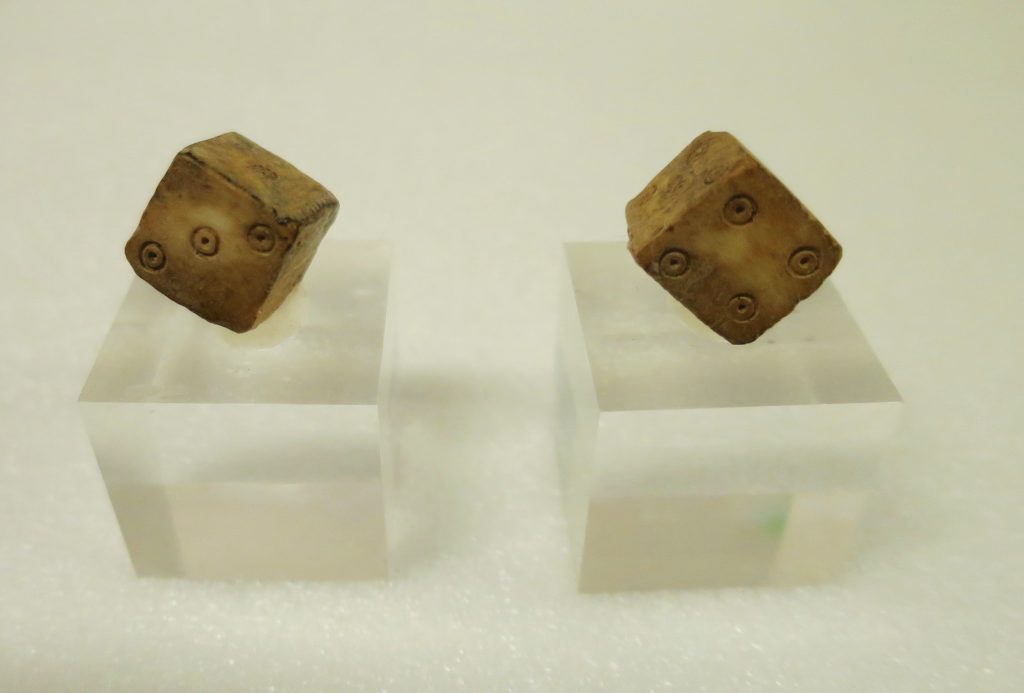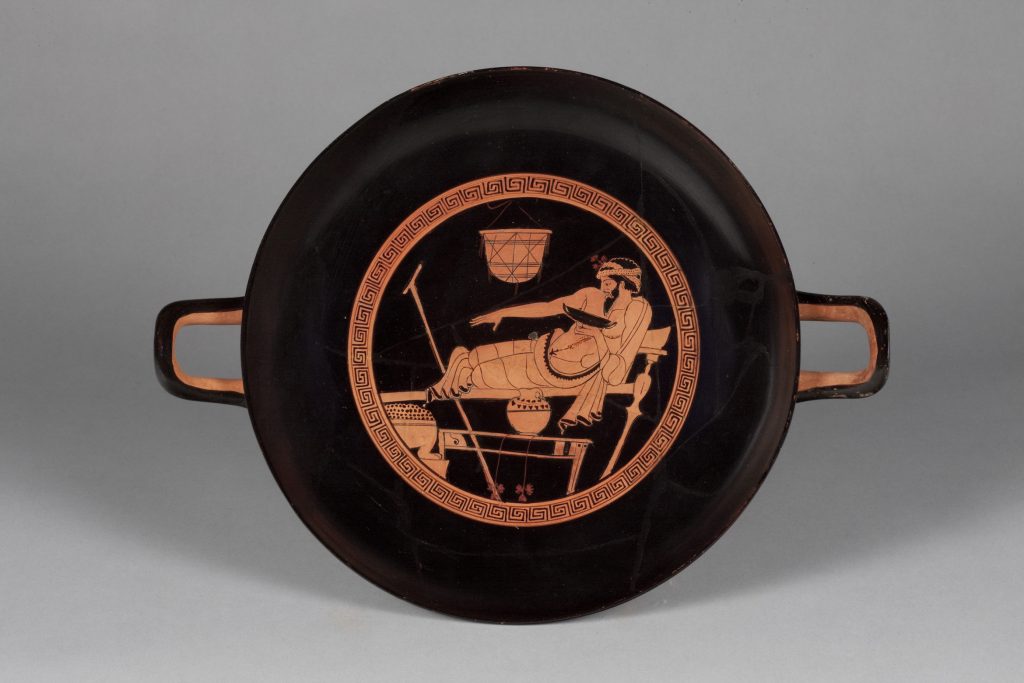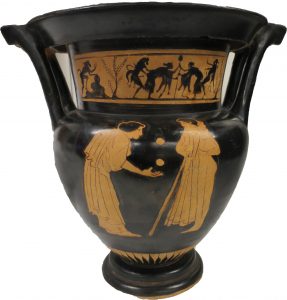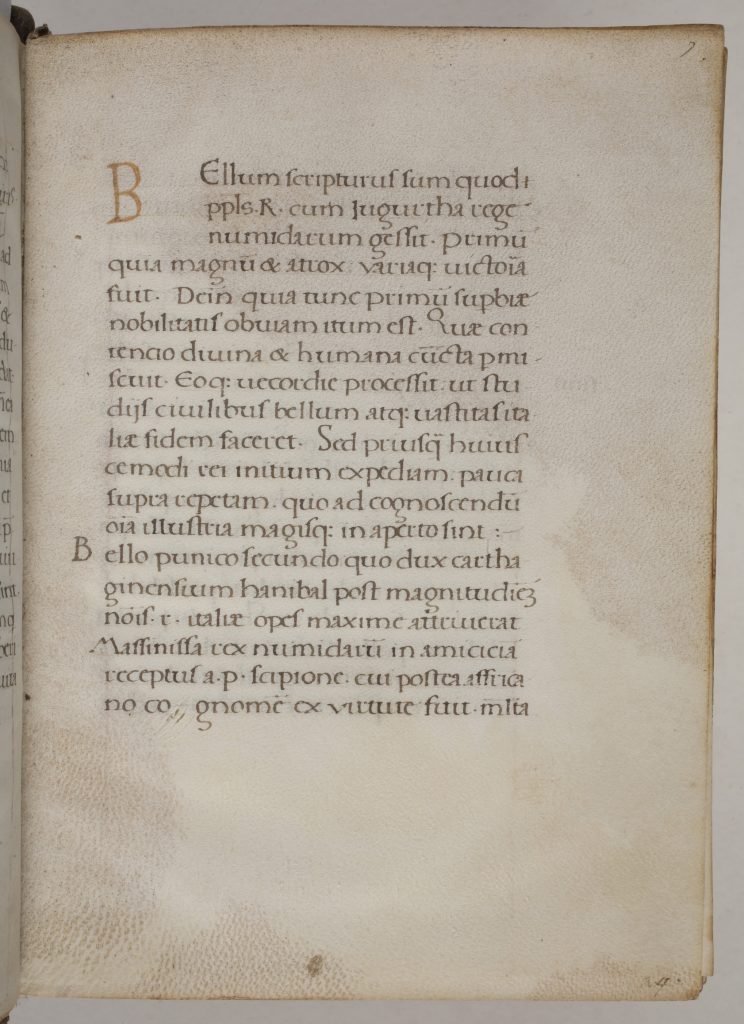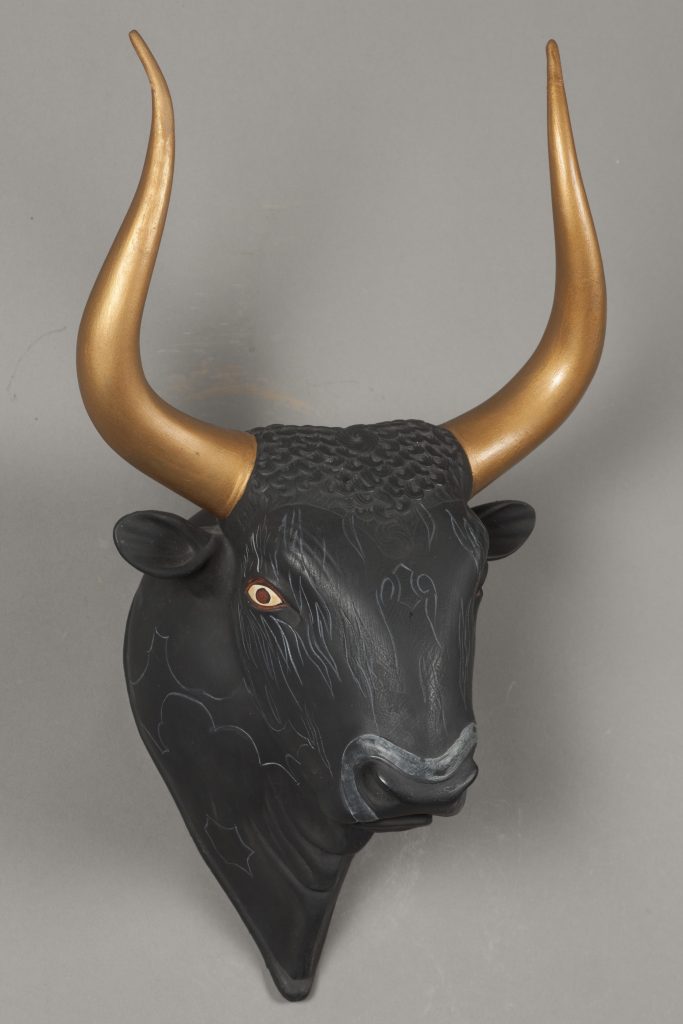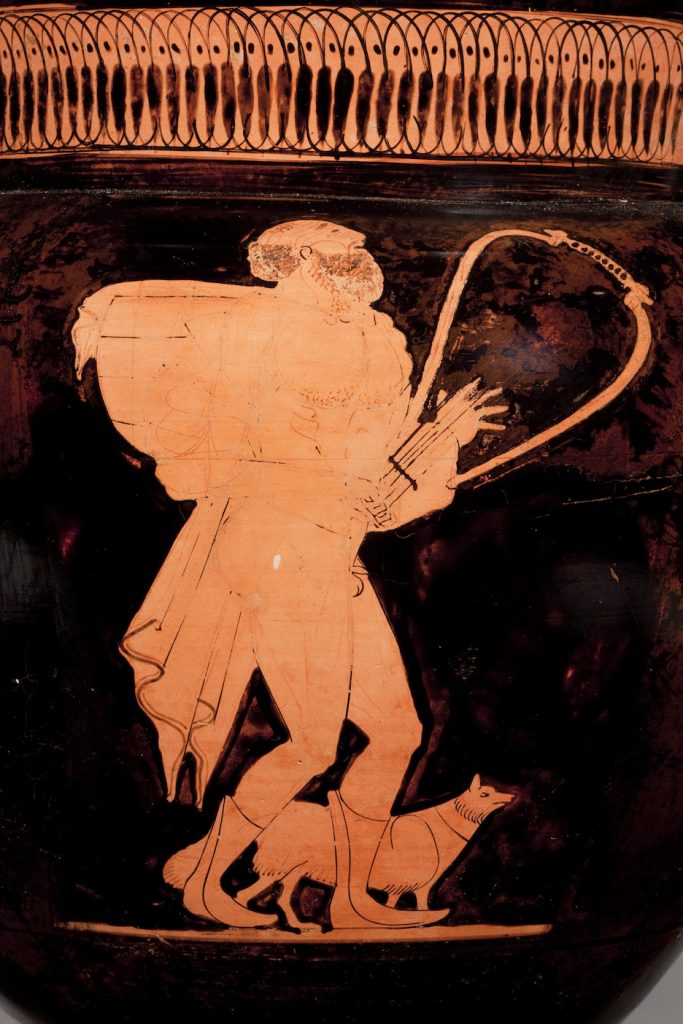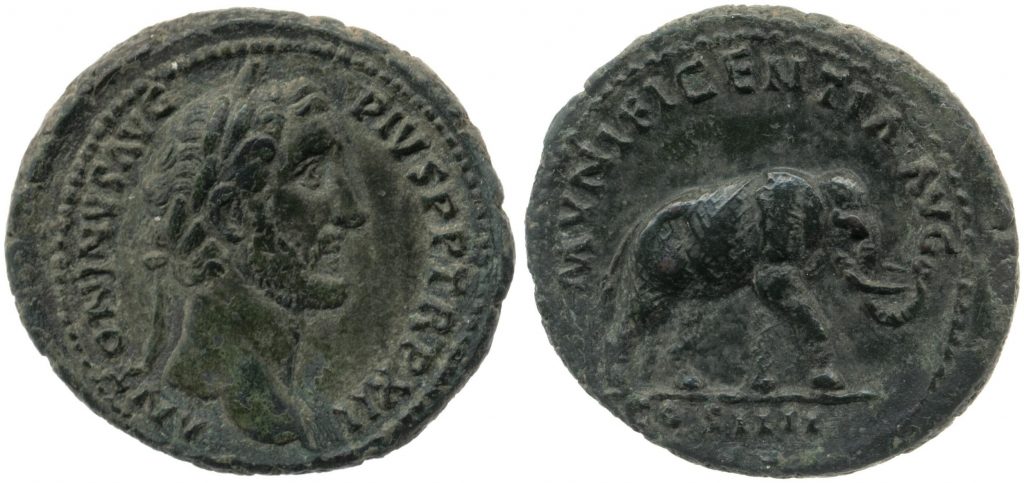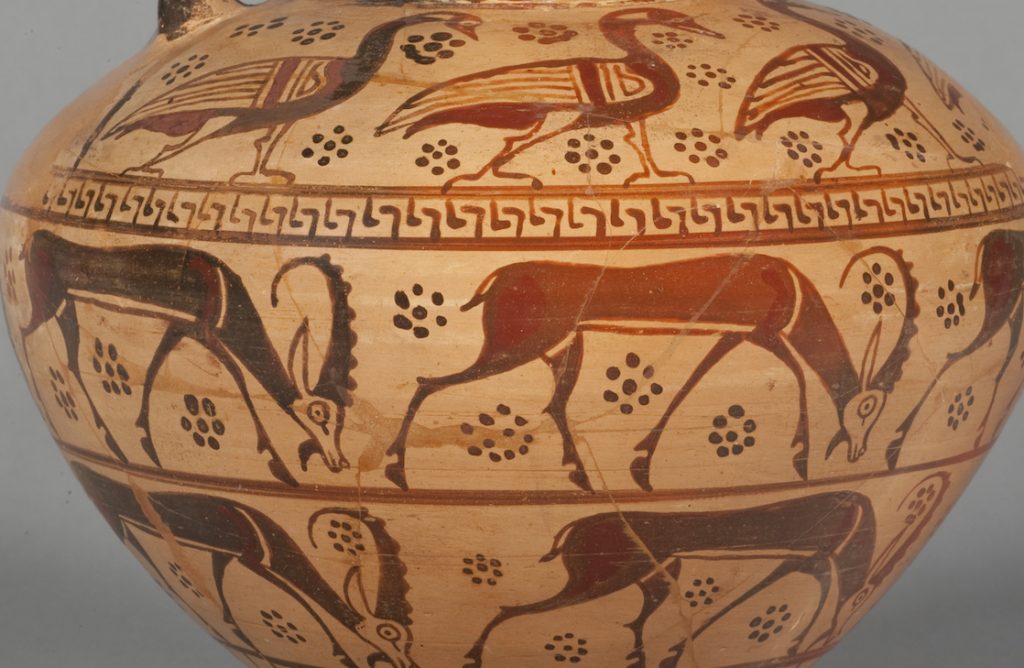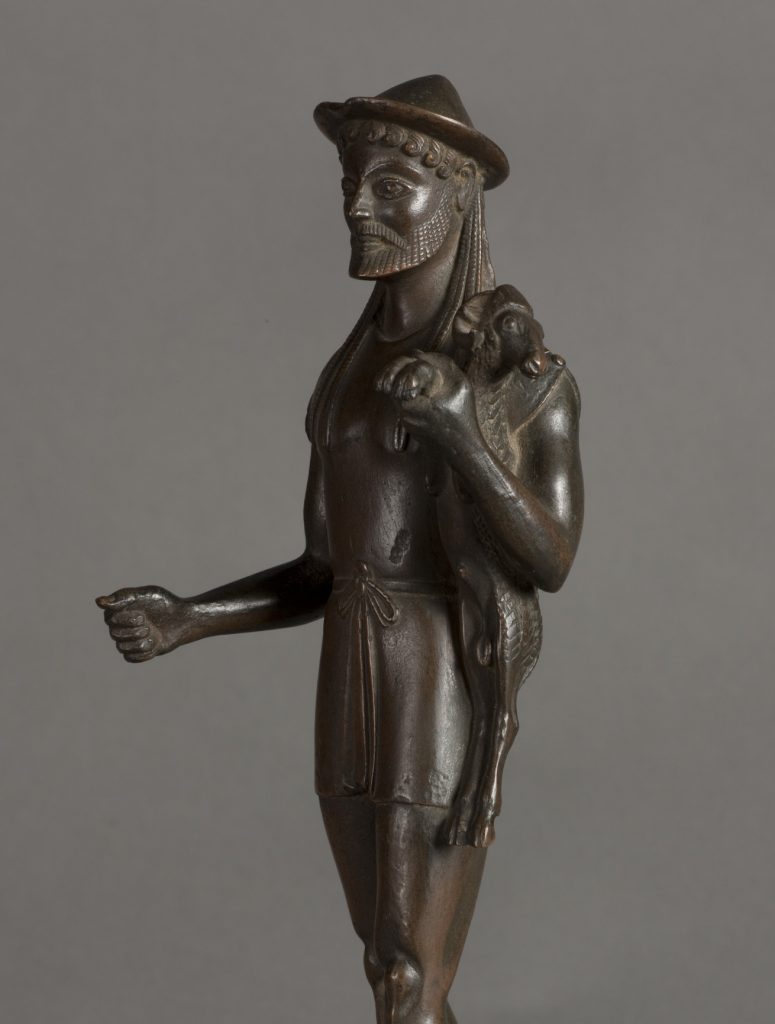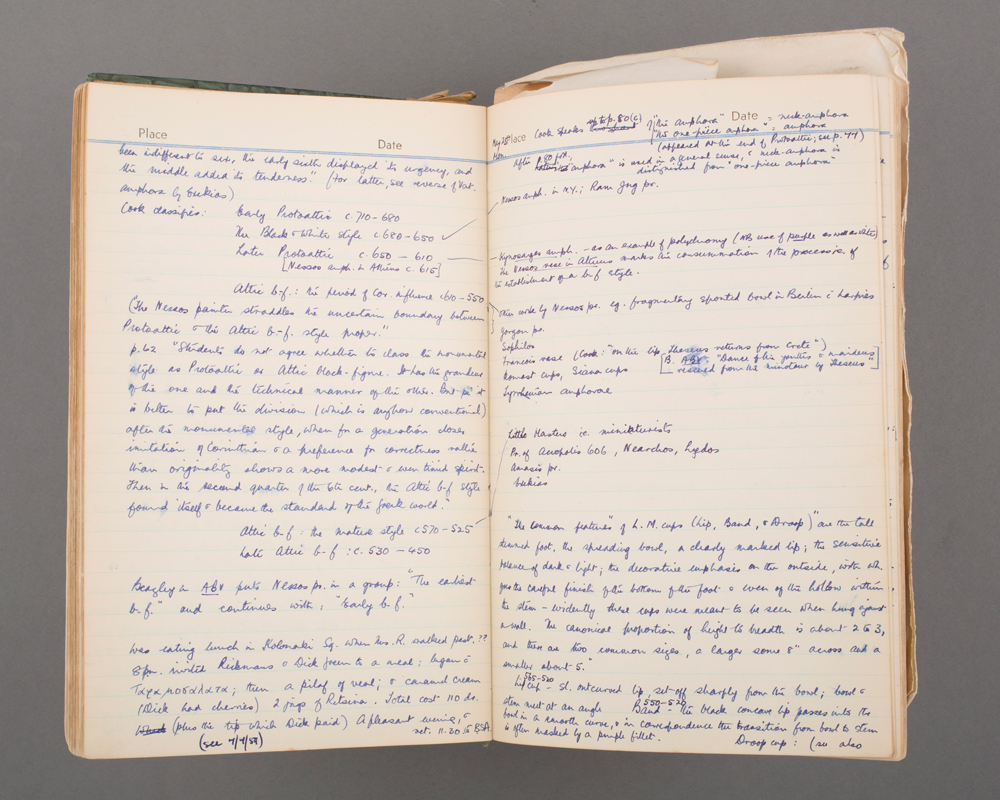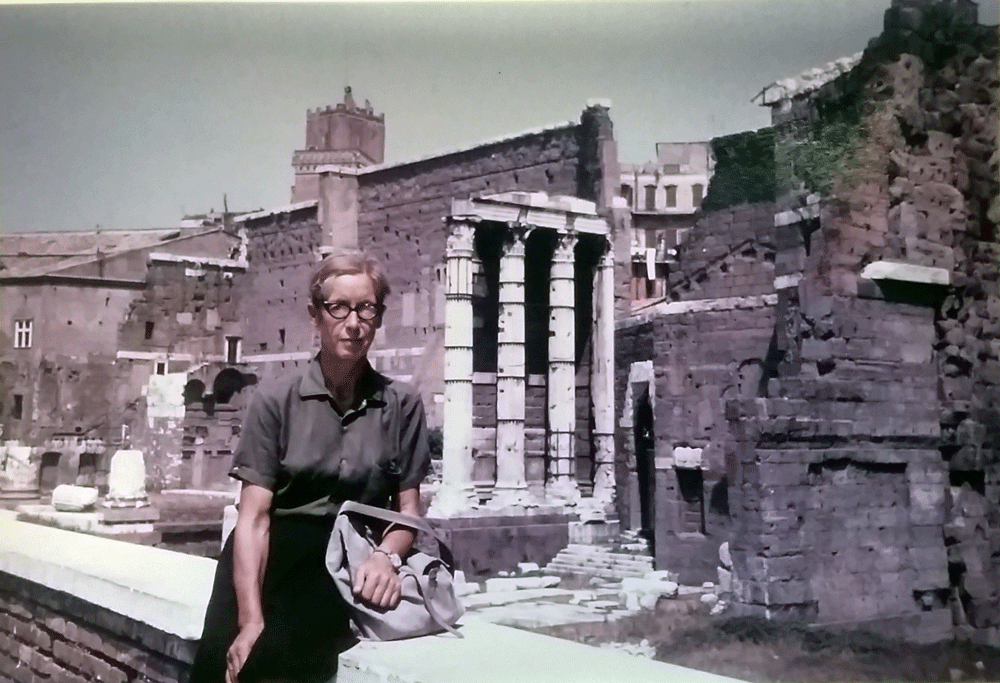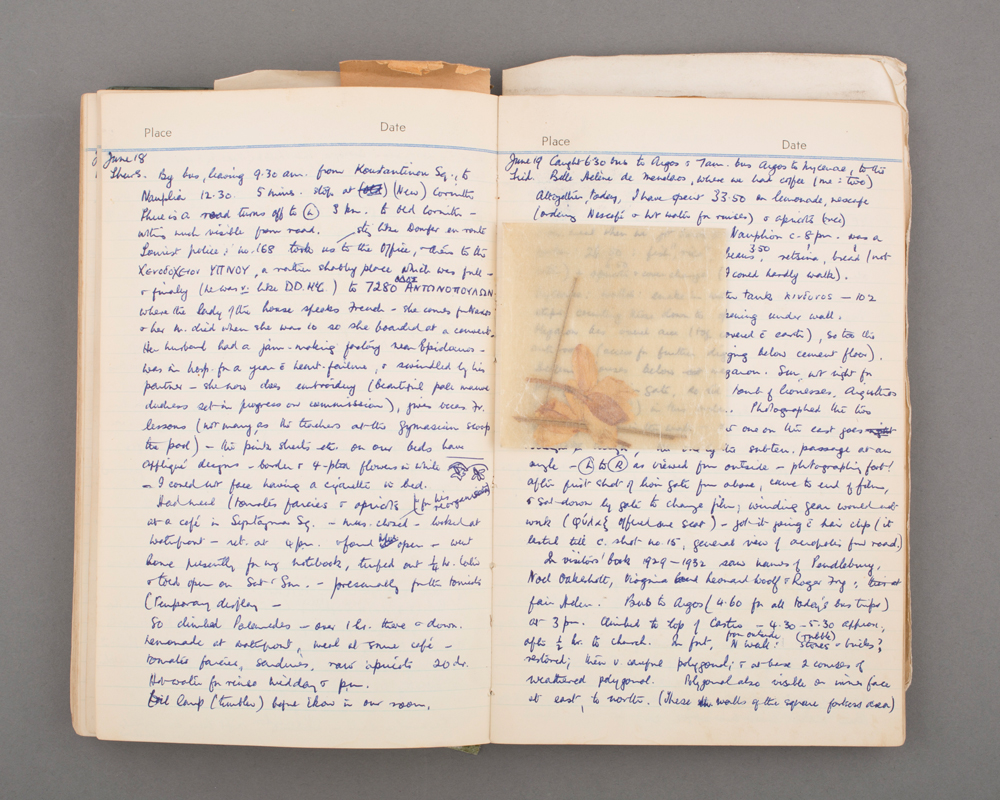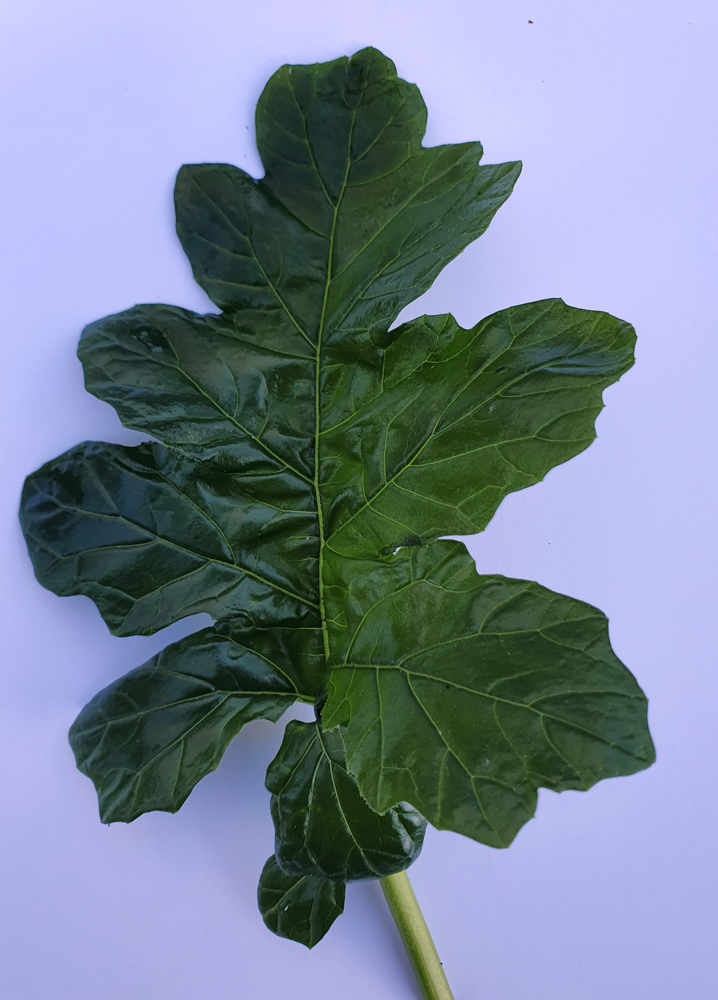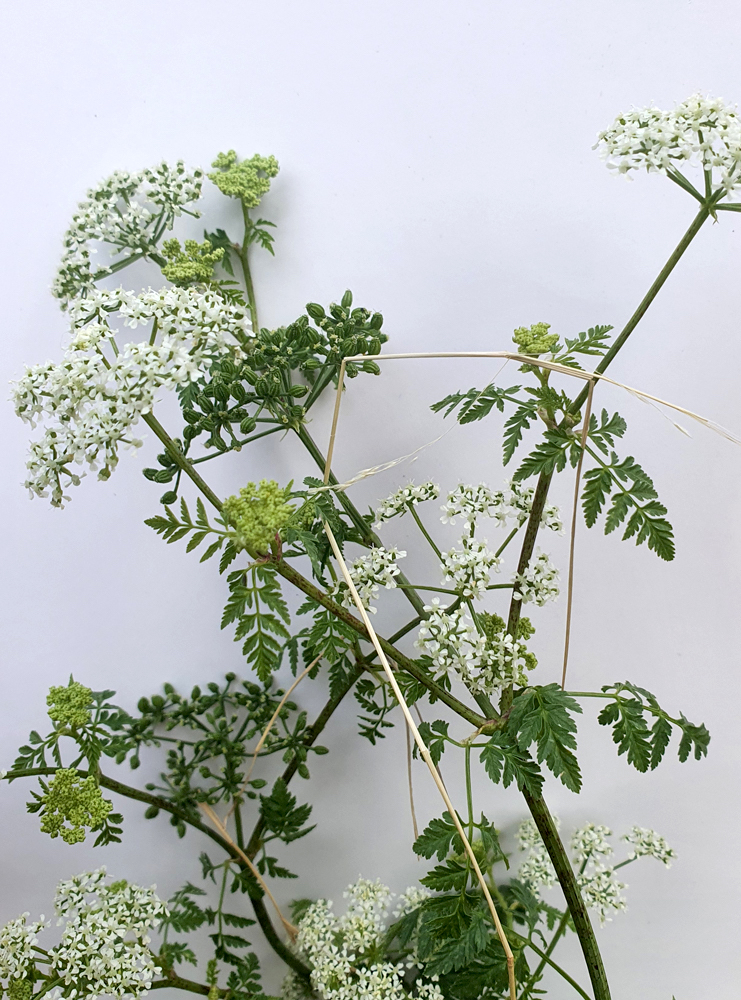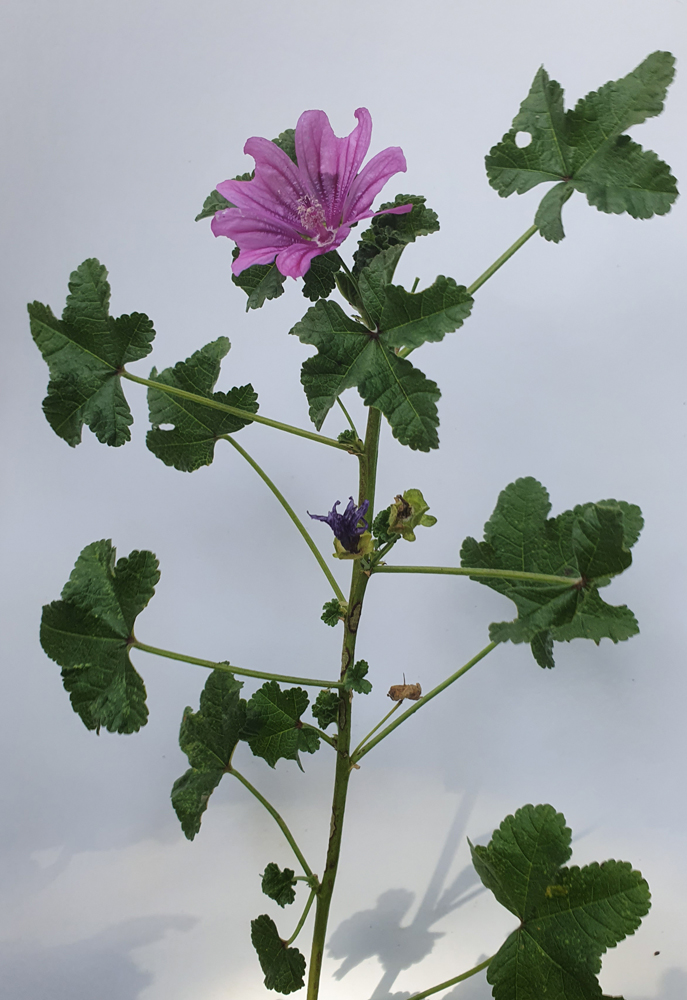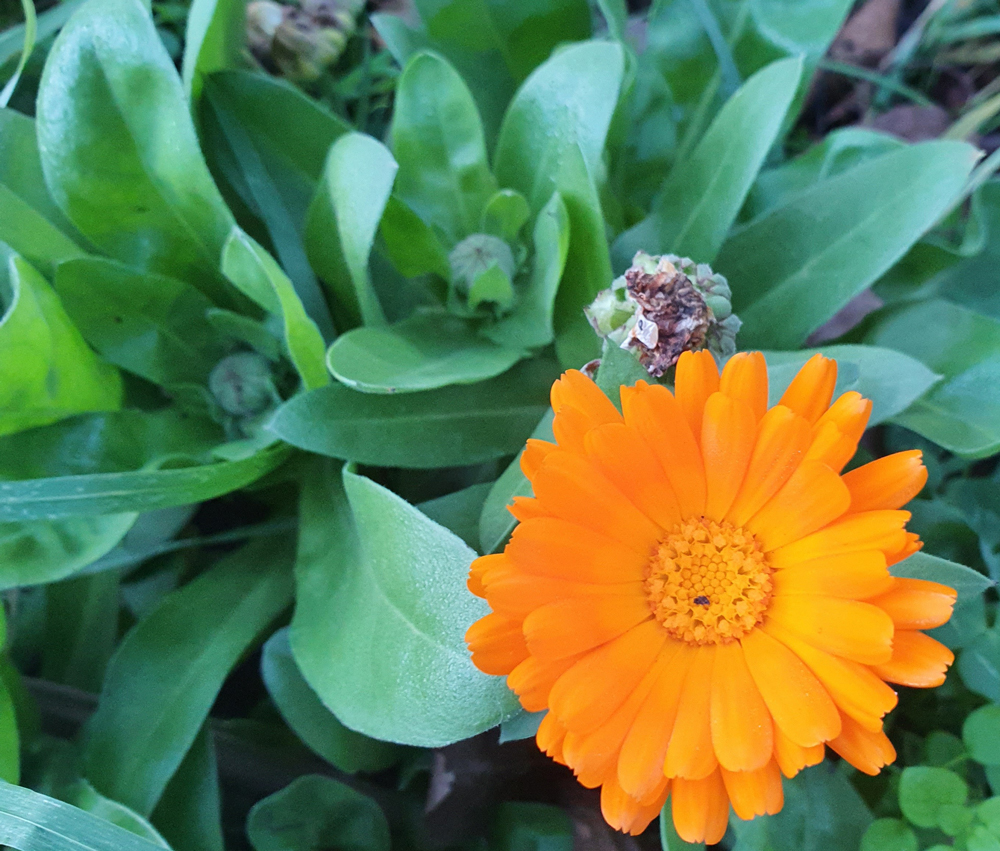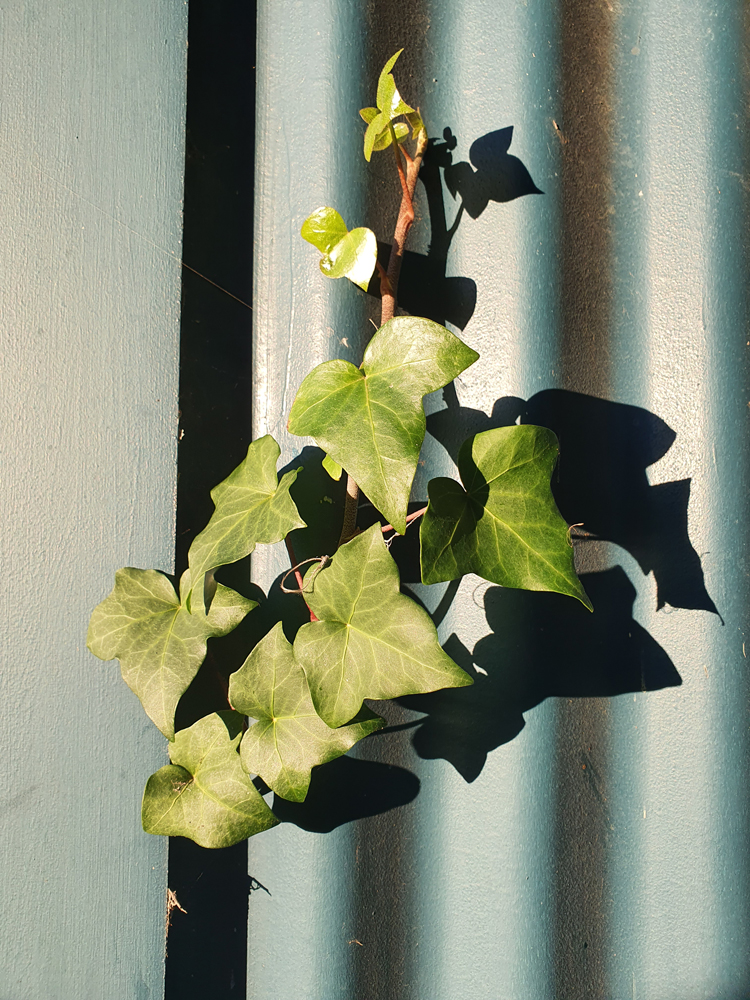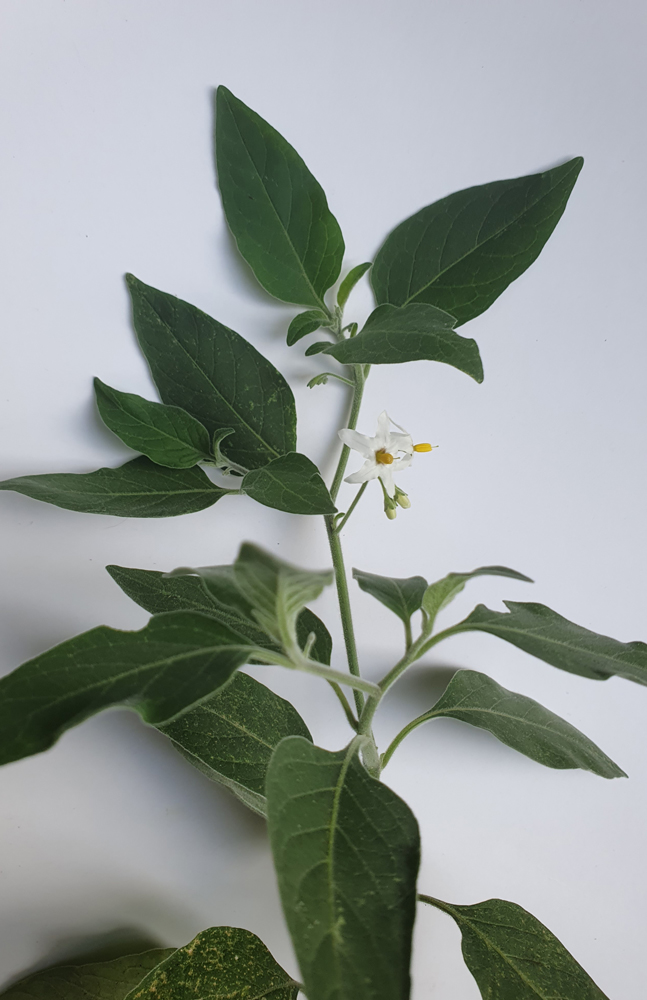For museum professionals, conferences are a key opportunity to learn more about what is happening in the sector, to make connections, and share knowledge and experiences. As someone who is in the early stages of their career in the museum sector, Emily Rosevear was excited when the opportunity to attend just such a conference presented itself in 2024.
In September last year I was lucky enough to have the opportunity to attend the ICOM-UMAC and Universeum joint conference ‘Shaping Transformation: University Collections in a Changing World.’ For those who have never heard of them before, UMAC is the University Museums and Collections Committee within ICOM, the International Council of Museums.
Hosted by TUD Dresden University of Technology, the conference was attended by professionals from 40 different countries who work with a wide range of collections including natural history, technology, medical, fine arts and more.

Throughout the conference we were treated to an incredible selection of papers, flash-talks, and roundtables, while the keynote lectures were given by Professor Dr Johannes Krause and Professor Dr Wayne Modest. The papers and flash-talk presentations addressed a wide variety of topics and issues, but perhaps the most relevant to me were the sessions focused on teaching and learning. It was fascinating to hear about the different approaches other university collections have to their teaching, such as using art collections to teach law students, using technology to engage students in the curatorial process, and creating interdisciplinary learning spaces.
I had been invited to give two presentations at the conference. The first of my two presentations was in the One-Minute Madness poster session. My poster was entitled ‘Olympic Odyssey: Developing teaching resources to engage with school groups‘ and showcased the game currently in use in the gallery here at the Teece Museum. The game was also recently launched as a teaching resource which we lend out to schoolteachers. For my poster presentation I was given just one minute to introduce my poster and topic before the viewing session. The viewing session then allowed people the opportunity to learn more about the number of different poster projects, and to ask questions and engage with the authors. This was a great opportunity to learn from others and I was excited to discover that the team from the Friedrich Schiller University Jena had produced a similar game centred around the classical world at the same time as we produced ours.
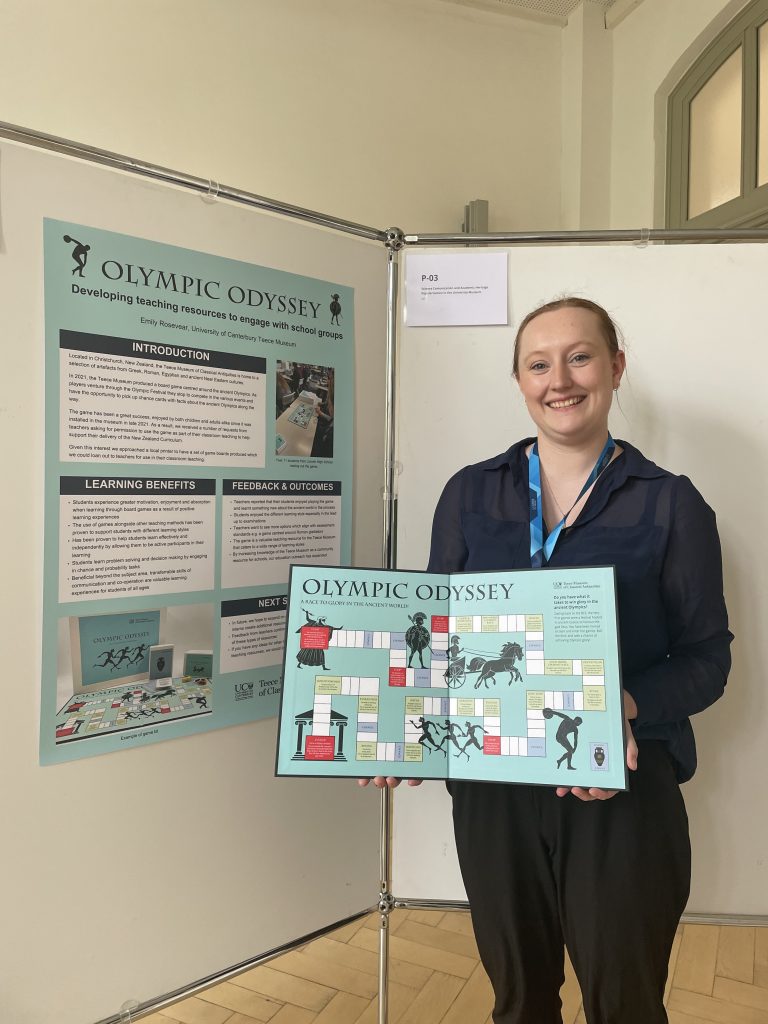
My next presentation wasn’t until day four of the conference. I was very happy to be speaking in the first session of the day, presenting my paper ‘Creating a More Inclusive Audience: Accessibility and Community Engagement within a University Museum’. I was fortunate enough to be presenting alongside two other fantastic speakers who addressed ways in which university museums can open themselves up to wider audiences, including marginalised people, people with disabilities, and other groups who may not traditionally think of museums as places they are welcome. It was really heartwarming to see and hear the work museums all across the world are doing to become more inclusive and accessible, from creating audio descriptions to engaging with their local disabled communities to form permanent working groups. While museums still have a long way to go on this journey, it was encouraging to hear from so many people doing their best to make a difference one small project at a time.
Of course, it wouldn’t be a conference full of museum professionals if we didn’t get to experience a number of exhibitions and collection visits!
The advantage of the conference being held at TUD Dresden University of Technology was that they are home to over 40 different academic collections. We got the chance to explore behind the scenes and see some of these collections up close. I was lucky enough to get to explore the Art Collection, Colour Research and Theory Collection, and the permanent exhibition of the Office for Academic Heritage. The permanent exhibition showcased the history of the campus and displayed highlights from the collections held at TUD, showing the various academic disciplines.
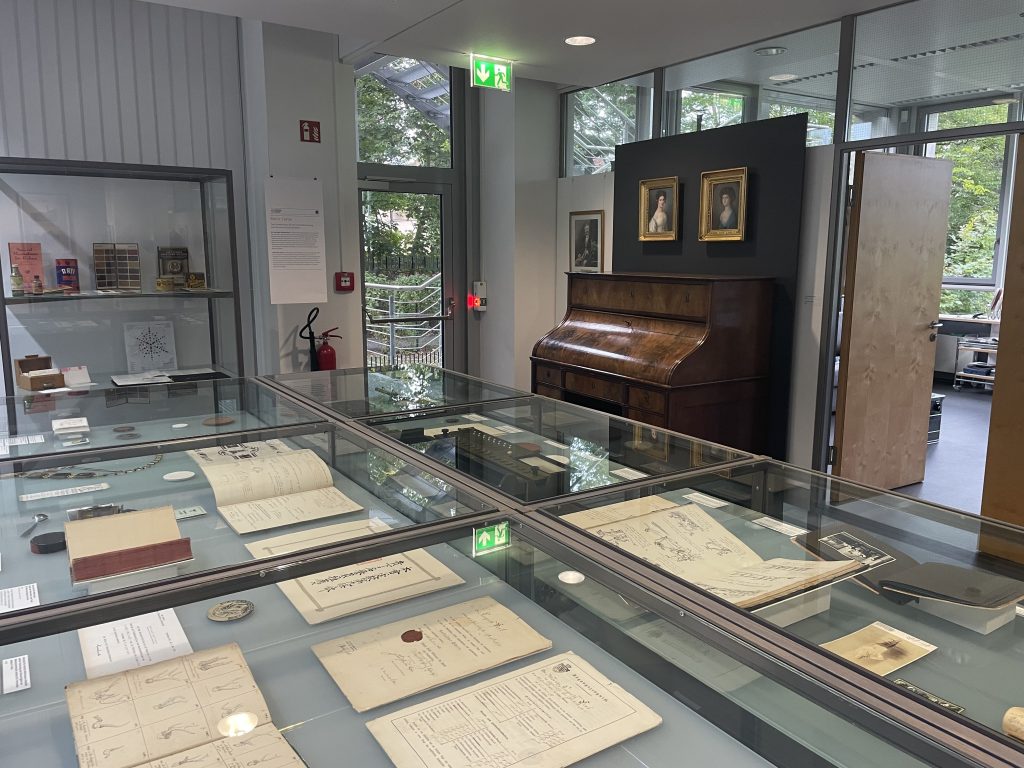
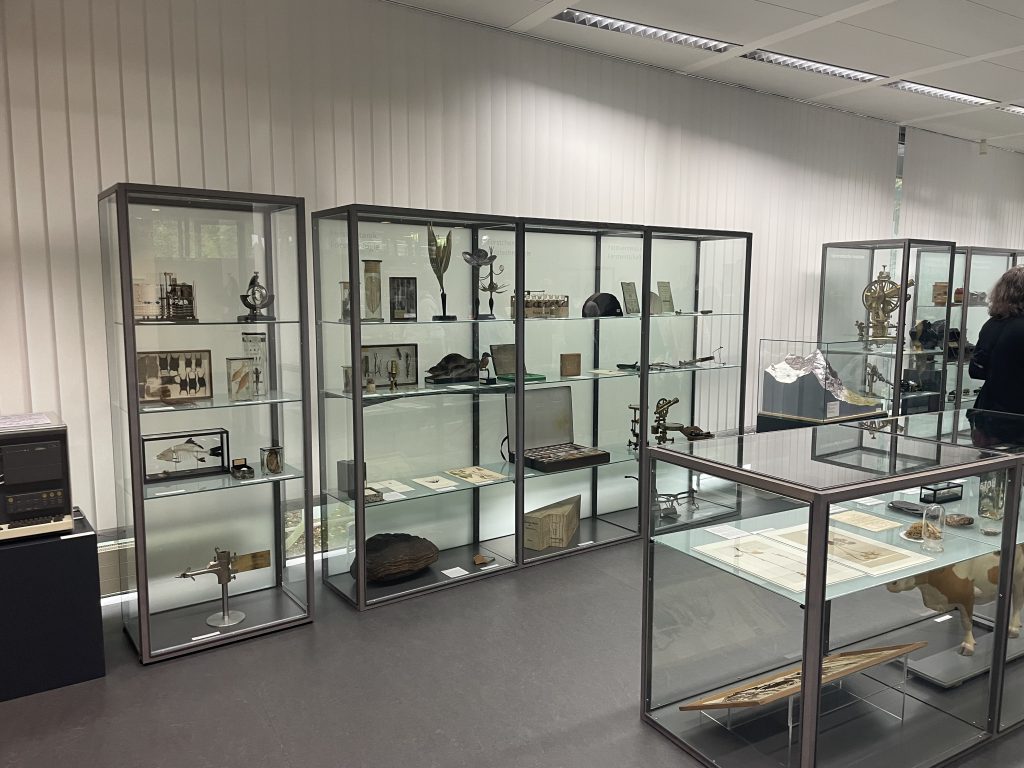
I was also given the opportunity to take a tour of the TUD campus to explore the site-specific artwork scattered across the university. Many of the works showcase the history of East Germany, as they were installed during the time of the German Democratic Republic (GDR) and reflect the values and propaganda of the GDR.
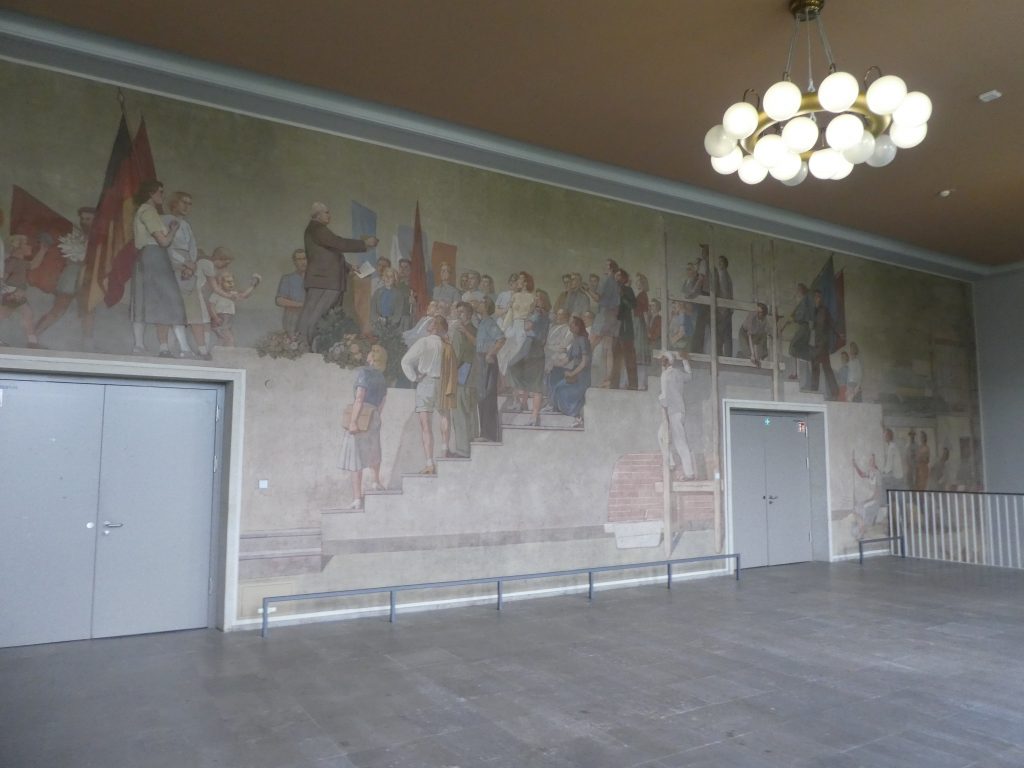
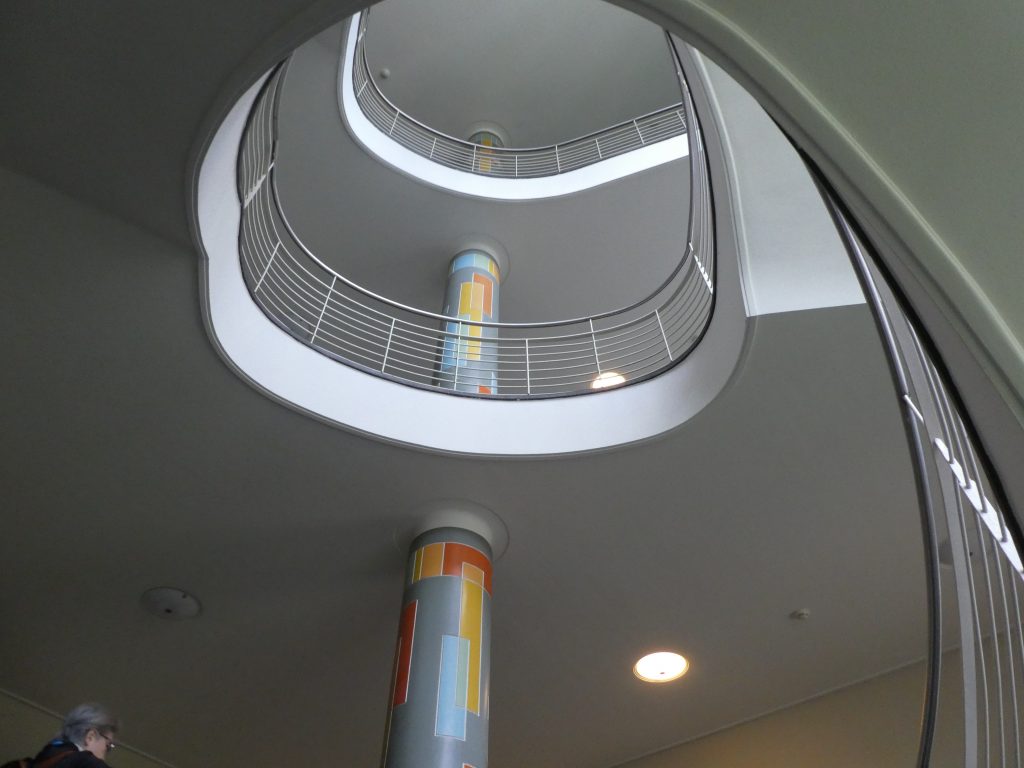
Following one of our round table talks, we got to experience the opening of the art exhibition ‘Depth and Surfaces’. The exhibition was held in the Oktogon, the gallery of the Dresden University of Fine Art, and included items from the collections of TUD Dresden and the Dresden University of Fine Art, showcased alongside the artwork of Dresden born artist Olaf Holzapfel. The exhibition was a first for these collections and was an exciting way of presenting university collections from two institutions.
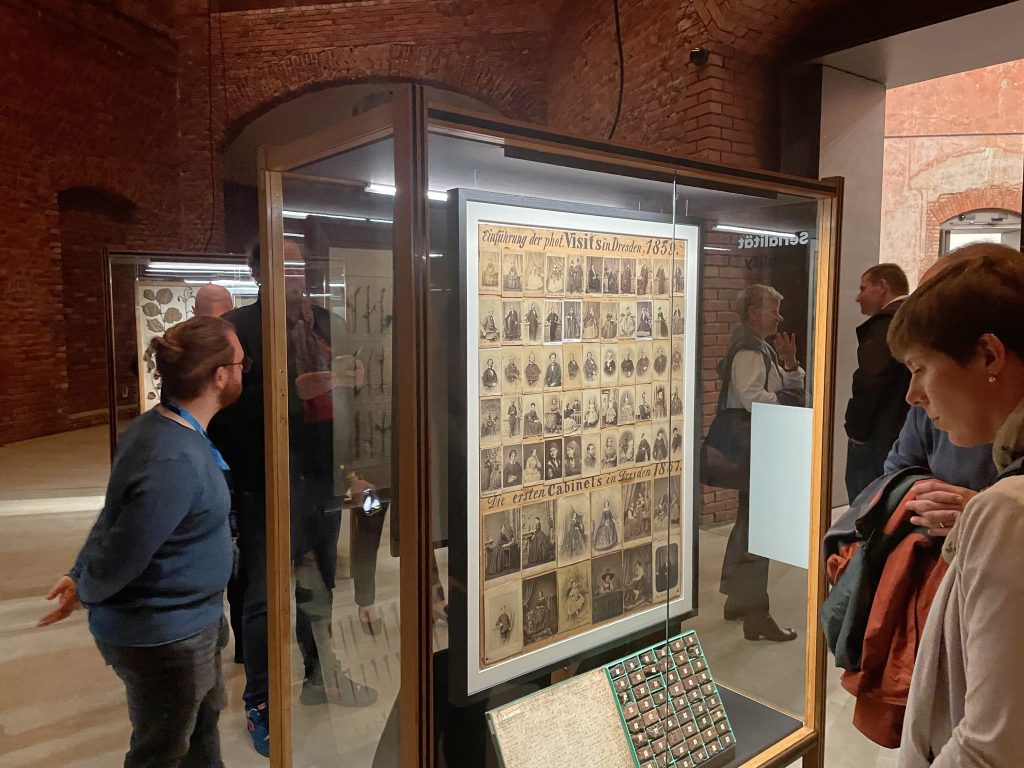
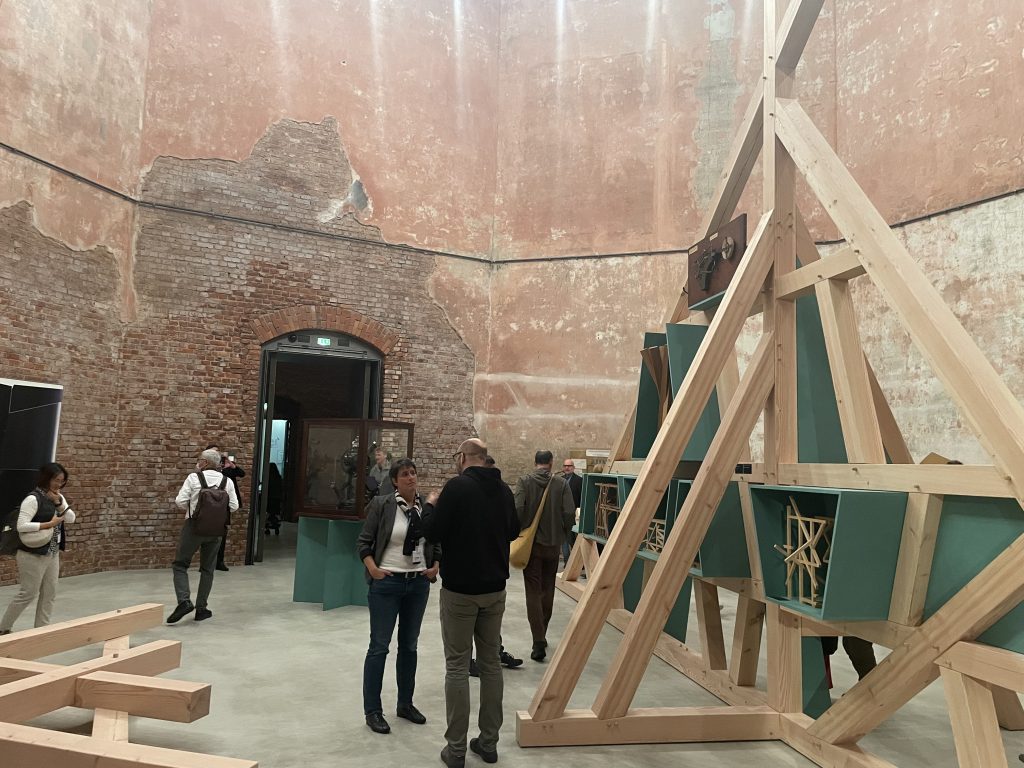
One particular highlight for me was the chance to go behind the scenes and see the Dresden Plaster Cast Collection held at the Albertinium in the Dresden State Art Collection. The collection was incredible! It originates from the teaching collection of painter Anton Raphael Mengs (1728–1779), a portion of which was acquired by Frederik August II, King of Saxony, in 1782. Interestingly, the rest of Mengs’ collection remains in Spain at the Real Academia de Bellas Artes San Fernando de Madrid (Royal Academy of Fine Arts San Fernando), and one of the people on the tour was from the Academy of Fine Art, highlighting the value in institutional friendships. The collection also included videos and moulds from the Dresden State Art Collection plaster cast workshop, which showcased how plaster casts are made and provided an excellent teaching tool. While we only got to see some of the larger pieces, (which are too big and difficult to move to their new off-site storage), I was in awe of the quality and depth of the collection.

On my final day in Dresden we were given the opportunity to go on an excursion and I chose to go the nearby town of Leipzig. I got to explore the University Art Collection, Museum of Musical Instruments, and the Paulinum (or Assembly Hall) and University Church of St. Paul. This was built to replace the university church demolished in 1968, and houses numerous art treasures. The collections here were amazing and we only just scratched the surface of what the University of Leipzig had to offer.
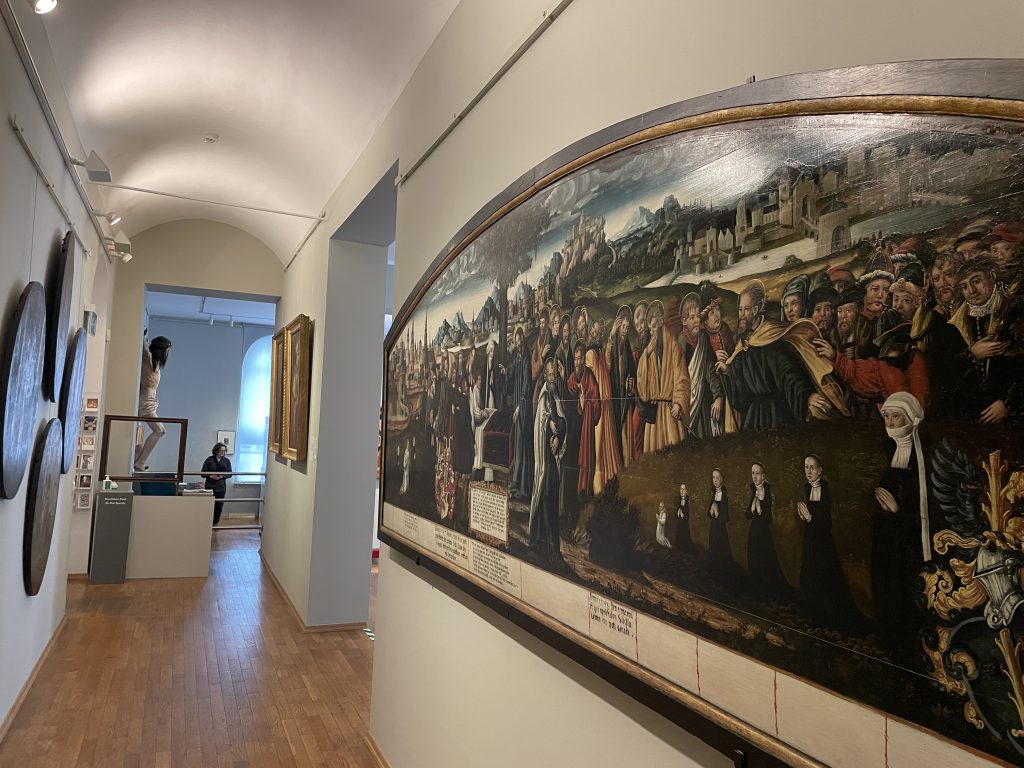
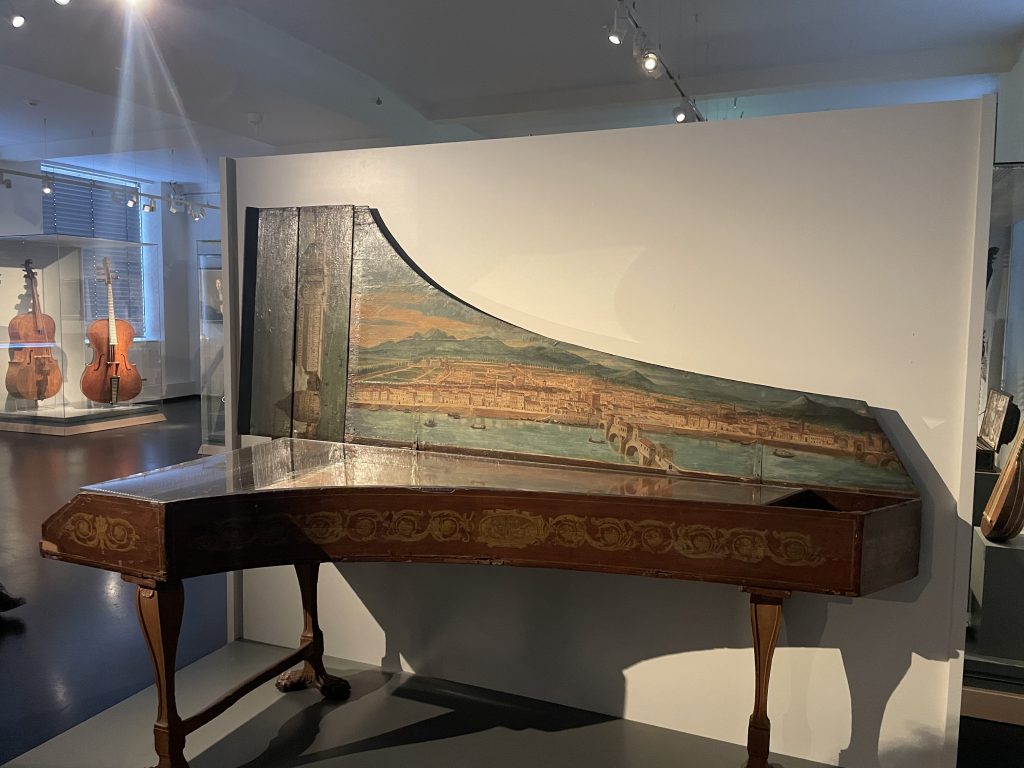
Overall, the conference was an incredible experience. Getting to meet so many people from across the globe all working with university collections was invaluable. Being able to share ideas, talk about our experiences and nerd out about the beautiful collections we visited was particularly heartening. It also highlighted that while there are areas where the Teece Museum could learn from some of the bigger universities, we are still holding our own and meeting international standards – especially when it comes to accessibility and community engagement.
My experience also gave me plenty of ideas to bring back home to New Zealand so watch this space to see what comes next!
Emily Rosevear currently works at the Teece Museum as the Assistant Curator. She is a graduate of the University of Canterbury having completed her undergraduate degree in Classics and History, followed by a Masters Degree in History.
Acknowledgements:
Thank you to the National Services Te Paerangi Professional Development Grant and the UC School of Humanities / Faculty of Arts for making my attendance at this conference possible, and to my family for supporting me on this journey.
Thanks also to ICOM-UMAC and the conference committee for inviting me to speak. If you want to read more about the papers and presentations you can view the conference abstracts via the UMAC website.

